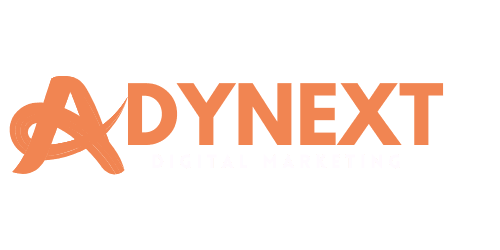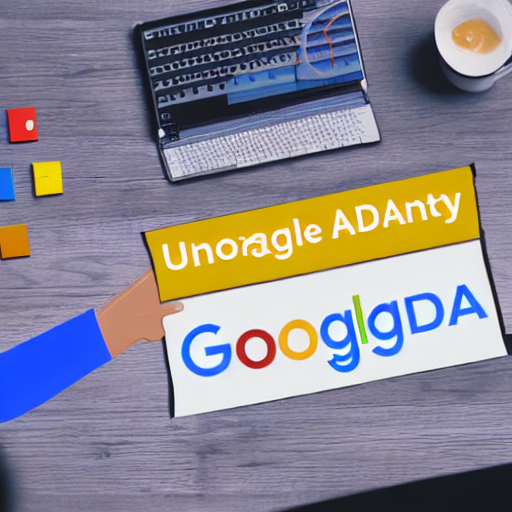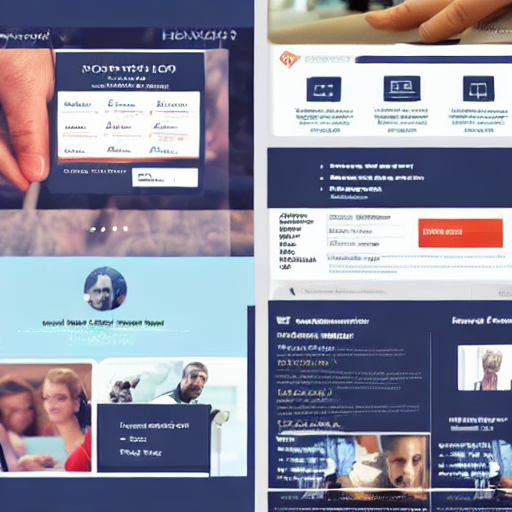Introduction: The Art of Strategic Budgeting
In the dynamic world of digital advertising, Google Ads remains a cornerstone for businesses seeking to reach their target audiences. However, simply setting up an account and launching campaigns isn’t enough. Effective Google Ads management requires a strategic approach to budgeting – a conscious effort to allocate resources where they’ll yield the greatest return. This guide, designed for both novice and experienced marketers, delves into the intricacies of Google Ads budget optimization, providing a framework that goes beyond superficial cost control.
Traditionally, many businesses treat Google Ads as an “always-on” expense. The thinking often revolves around ‘being seen’ and ‘building brand awareness.’ While visibility is crucial, it’s arguably more important to ensure that every dollar spent is driving tangible results – conversions, leads, or sales. This approach shifts the focus from simply “spending money” to “investing in opportunities.”
We’ll cover a variety of techniques, from initial budget allocation based on campaign goals to ongoing monitoring and adjustments. You’ll learn how to utilize Google Ads’ built-in reporting tools, analyze key metrics, and make data-driven decisions to refine your strategy continuously. This isn’t about finding the ‘magic number’ – it’s about developing a system that allows you to constantly adapt and improve your ROI.
Understanding Your Goals: The Foundation of Budget Optimization
Before you even consider setting a budget, you must define your goals. What are you hoping to achieve with your Google Ads campaigns? Are you aiming to generate leads, drive sales, or increase website traffic? The answers to these questions will directly influence your budget allocation.
- Brand Awareness Campaigns: These campaigns typically have a lower budget and focus on broad reach and impressions.
- Lead Generation Campaigns: These campaigns require a higher investment, as you’re directly paying for qualified leads.
- E-commerce Campaigns: These campaigns prioritize driving sales, often utilizing shopping ads with higher bid costs.
Let’s say you run an online boutique selling handcrafted jewelry. Your primary goal might be to drive sales. In this scenario, your budget should be allocated primarily towards conversion-focused campaigns, allowing for higher bids and more targeted messaging. Conversely, if your goal is to build brand awareness among a specific demographic, a broader approach with lower bids could be more appropriate.
Initial Budget Allocation: A Strategic Approach
There’s no one-size-fits-all answer when it comes to initial budget allocation. However, here’s a breakdown of a typical approach, suitable for most businesses:
- Overall Budget: Determine a realistic overall budget based on your industry, target market, and competitive landscape. For a small business starting out, a budget of $500 – $1000 per month might be a reasonable starting point.
- Campaign Breakdown: Allocate the overall budget across different campaign types, considering your goals. A common allocation might look like this:
- Search Campaigns (40%): Targeting specific keywords related to your products or services.
- Display Campaigns (30%): Utilizing visual ads to reach a wider audience.
- Shopping Campaigns (30%): For e-commerce businesses, leveraging shopping ads.
- Testing and Optimization: Initially, allocate a small percentage (e.g., 10-20%) of the budget for testing new keywords, ad copy, and targeting options.
Keyword Research and Bidding: Maximizing Your Spending
Keyword research is the foundation of any successful Google Ads campaign. It involves identifying the terms that your target audience is using when searching for products or services like yours.
Tools: Utilize Google Keyword Planner, SEMrush, or Ahrefs for thorough keyword research.
- Match Types: Understand and utilize different match types (broad, phrase, exact) to refine your targeting and control costs.
- Bidding Strategies: Explore different bidding strategies:
- Manual CPC: Allows you to set your own bids for each keyword.
- Automated Bidding Strategies: Google automatically adjusts your bids based on your goals (e.g., maximize clicks, maximize conversions).
- Target CPA (Cost Per Acquisition): Sets a target cost you’re willing to pay for each conversion.
]
Tracking and Reporting: Measuring Your Success
Effective Google Ads management relies heavily on accurate tracking and reporting. You need to understand which campaigns, keywords, and ads are driving the best results.
Key Metrics: Monitor these metrics:
- Click-Through Rate (CTR): The percentage of users who click on your ad.
- Conversion Rate: The percentage of users who convert (e.g., make a purchase, fill out a form).
- Cost Per Conversion: The cost you pay for each conversion.
- Return on Ad Spend (ROAS): The revenue generated for every dollar spent on advertising.
Google Ads Reports: Utilize Google Ads’ built-in reporting tools to analyze your data and identify areas for improvement.
Optimization and Adjustments: Staying Ahead of the Curve
Google Ads is not a “set it and forget it” platform. Continuous optimization and adjustments are crucial for maximizing your ROI.
- Pause Underperforming Keywords: Immediately pause keywords that aren’t generating conversions.
- Increase Bids for High-Performing Keywords: Boost bids on keywords that are driving strong results.
- Refine Ad Copy: Test different ad variations to see what resonates best with your target audience.
- Adjust Targeting: Broaden or narrow your targeting based on your performance data.
Advanced Strategies
Consider these advanced strategies for further optimization:
- Remarketing: Target users who have previously visited your website.
- A/B Testing: Experiment with different ad variations and landing pages.
- Location Targeting: Target specific geographic areas.
Conclusion
Managing a successful Google Ads campaign requires a strategic approach, a commitment to continuous optimization, and a thorough understanding of your target audience. By implementing the strategies outlined in this guide, you can maximize your ROI and achieve your advertising goals.










































0 Comments